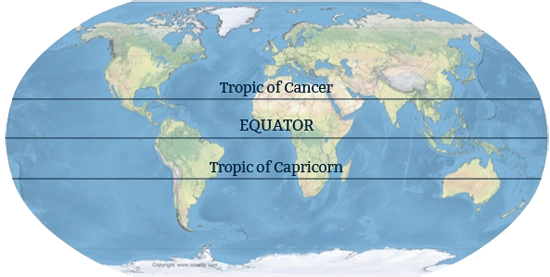 |
| My sister's project from a few years ago. |
organelles - A tiny cell structure that carries out a specific function within the cell.
cell wall - A rigid layer of nonliving material that surrounds the cells of plants and some other organisms.
cell membrane - The outside boundary of a cell; controls which substances can enter or leave cell.
nucleus - The control center of a cell that directs the cell's activates; contains the chemical instructions that direct all the cell's activities and determine the cell's characteristics.
nuclear membrane - It's a membrane protecting a nucleus.
chromatin - Material in cells that contains DNA and carries genetic information.
chloroplasts - A structure in the cells of plants and some other organisms that captures energy from sunlight and uses it to produce food.
 |
| My project |
vacuoles - A water-filled sac inside a cell that acts as a storage area.
lysosomes - A small round cell structure that contains chemicals that break down large food particles into smaller ones.
nucleolus - A structure in nucleus where ribosomes are made.
cytoplasm - The region of a cell located inside the cell membrane (in prokaryotes) or between the cell membrane and nucleus (in eukaryotes); contains a gel-like material and cell organelles.
mitochondria - Rod-shaped cell structures that produce most of the energy needed to carry out the cell's functions.
endoplasmic reticulum - A cell structure that forms a maze of passageways in which proteins and other materials are carried from one part of the cell to another.
ribosomes - A tiny structure in the cytoplasm of a cell where proteins are made.
Golgi bodies - A structure in a cell that receives proteins and other newly formed materials from the endoplasmic reticulum, packages them, and distributes them to other parts of cell.
 |
| My sister's project from a few years ago. |









